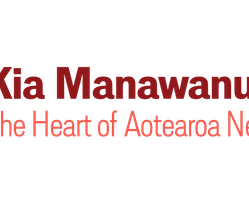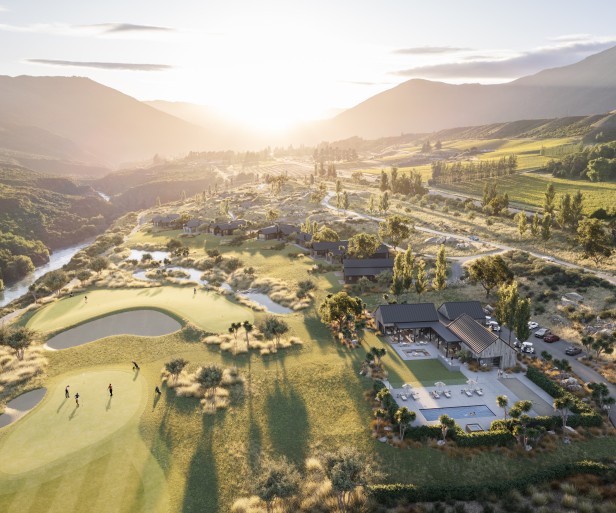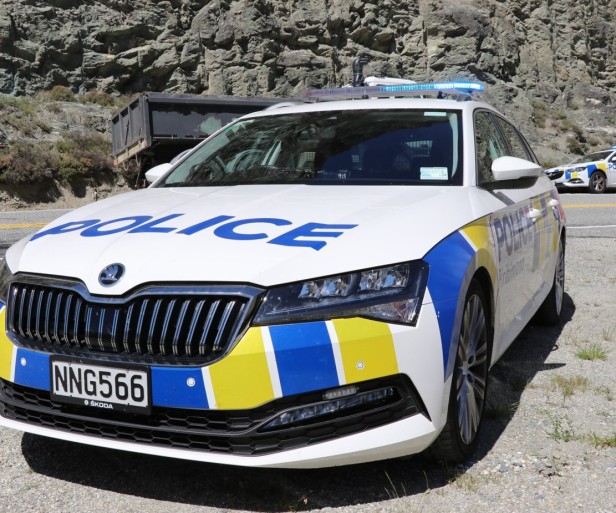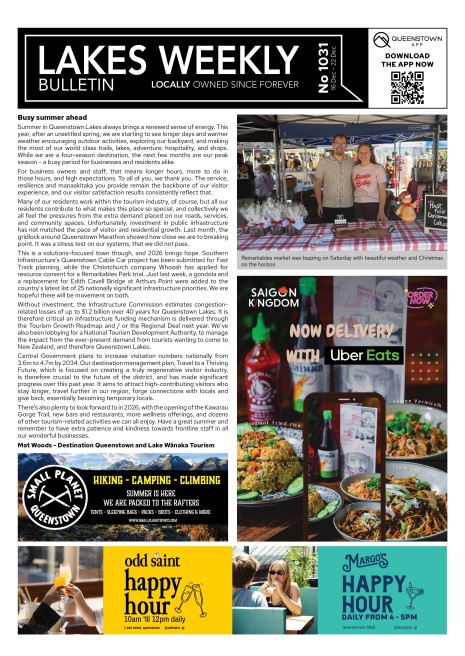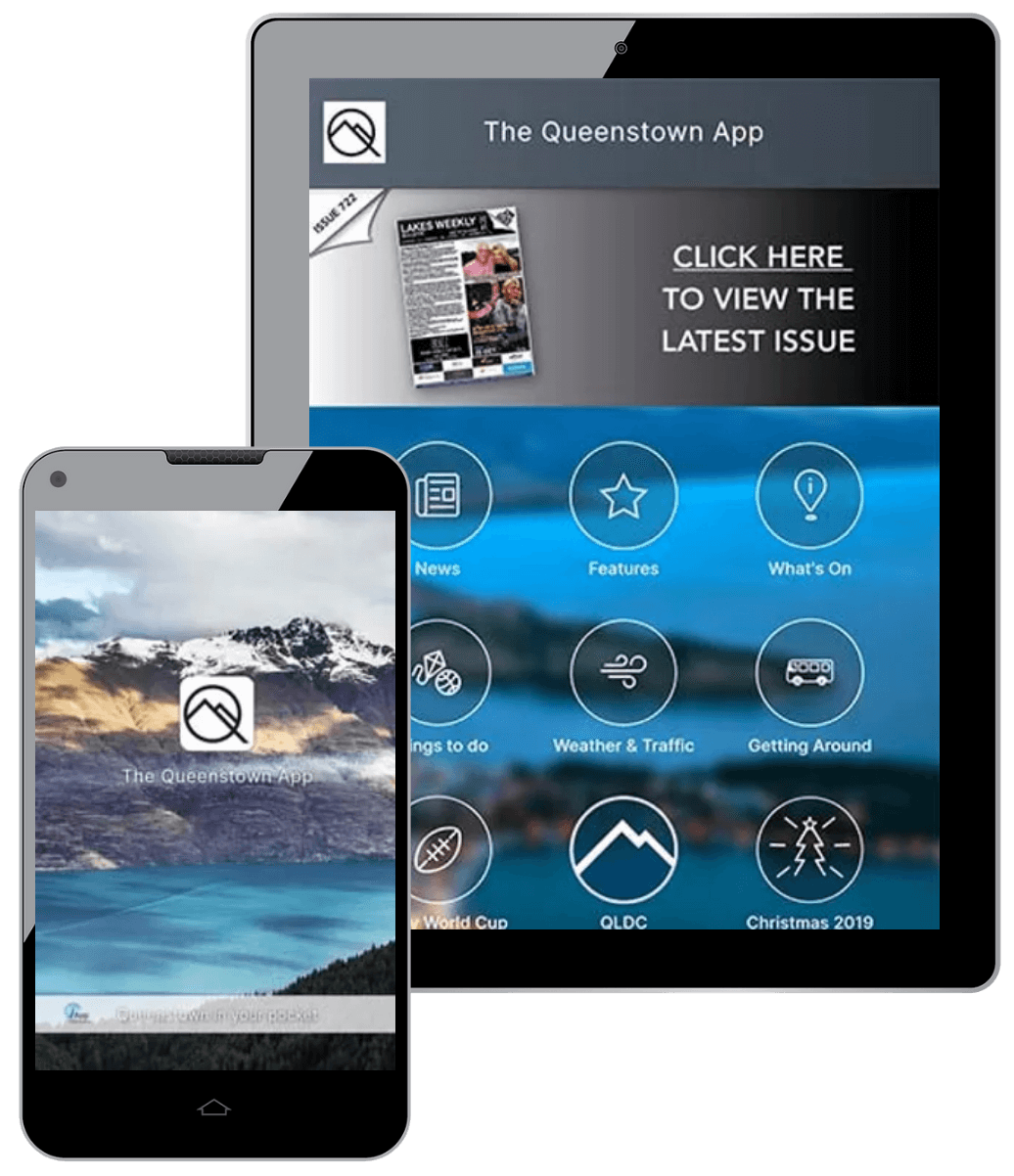Backcountry adventurers warned over avalanches

Ski tourers, mountaineers and trampers are being warned that there’s already a real avalanche risk in our region.
Wakatipu Alpine Cliff Rescue’s team leader, Tarn Pilkington, says there’s been a huge increase in people heading into the backcountry in recent winters, particularly for ski touring. While it's still early in the winter, they still need to be vigilant, he says.
“There’s some high avalanche activity in the backcountry around the region and beyond the patrolled areas of Remarkables Ski Area which is one of the most accessible areas for people,” Pilkington says.
“We’ve already got a potential issue so be cautious, and vigilant, and make sure you get up to date avalanche forecasts and information from avalanche.net.nz before you set off or ask Ski Patrol.”
Avalanche.net.nz shows there's a 'considerable' risk in Wānaka and Aspiring today, Thursday, 26 June - considerable is level three on the scale of zero to five.
"A warm Northerly storm is tracking across the region. Significant quantities of rain and snow will test the strength of the pre-existing snow pack. Wait for conditions to improve before heading into the back country," it reads.
Queenstown, for now, is a moderate risk, level two on the scale, which runs no risk (0), low (1), moderate (2), considerable (3), high (4) and extreme (5).
"A saturated snowpack. Add flippers to your touring kit. Plenty of loose wet activity expected today. The pack needs to drain and reset, it won’t be today," it reads today, after heavy rain overnight.
There's also a considerable risk elsewhere in the Southern Alps, including Arthur's Pass, Aoraki / Mt Cook, Ohau and Two Thumbs.
Some of the rescue team had to ski tour in at midnight several years ago to the Remarkables and Wye Basin to rescue ski tourers who’d become lost in a storm and on another occasion, climbers were rescued from a snow cave.
“All the ice climbing is on the southwest aspect of Single Cone and people often tramp through that avalanche terrain too,” Pilkington says. “The Remarkables offers some of the most accessible alpine and ski touring terrain in the country that’s naturally wild and uncontrolled, so always check the weather and make sure you have the skills to navigate your way in certain conditions."
Plenty of mountaineers go climbing in winter too, as do people snow shoeing, but anyone outside the ski area boundaries must have good basic knowledge, equipment and experience.
“Ski touring is now the fastest growing sector of the ski industry market. So many manufacturers are making products and the growth in our region has been phenomenal. A lot of people are venturing outside our ski area boundaries, facilitated to some degree by new lift access, but you can’t go without those caveats,” he warns.
Avalanche.net.nz is curated by New Zealand's official avalanche forecasting service, the NZ Avalanche Advisory (NZAA), provided by Mountain Safety Council. Avalanche activity has been reported in most of the 13 regions it covers via the NZAA’s public observations platform, with one avalanche already involving a skier in Arthur’s Pass.
“Reports of avalanches in the south are an important reminder for anyone planning a trip into the alpine backcountry to check the avalanche forecast,” MSC Chief Executive Mike Daisley says. “Understanding the forecast, including the danger rating, and applying it to your plans is one of the most critical skills when heading into the backcountry.”
The NZAA gives backcountry users, such as skiers, snowboarders, mountaineers, trampers and hunters, vital information so they can plan their trip and make safe decisions in avalanche terrain. This includes the avalanche danger rating and any anticipated avalanche problems.
“Monitoring conditions throughout a trip is also crucial for your safety," Daisley says. “Conditions can change extremely fast in the alpine environment, so keeping a critical eye on the weather and snowpack for signs of instability is imperative. This ensures you can make informed decisions based on the current conditions.”
MSC’s new 23-part avalanche safety video series, Avalanche Tips and Terms: From the forecast to the field, covers essential knowledge to help navigate New Zealand’s dynamic and often challenging alpine terrain.
“This series promotes avalanche and alpine education. Backcountry users will learn how to effectively use information from the NZ Avalanche Advisory to keep themselves safe in the backcountry and better understand avalanche dangers that are unique to Aotearoa,” Daisley says.
Before considering an alpine backcountry trip, MSC advises getting avalanche training from a recognised provider and having rescue gear, along with the knowledge of how to use it.
“Our goal is to support people to get out with their mates and enjoy the backcountry safely this winter. That means getting the skills and gear, planning thoroughly, and checking the avalanche forecast so you can make informed decisions.”
Top tips for avalanche safety from NZ Mountain Safety Council
Watch the Avalanche Tips and Terms video series
Attend an official avalanche training course
Check, discuss and understand the NZAA avalanche forecast for your area.
Assess the conditions throughout your trip and be prepared to turn around.
Carry avalanche rescue equipment (transceiver, probe and shovel) and know how to use them.


